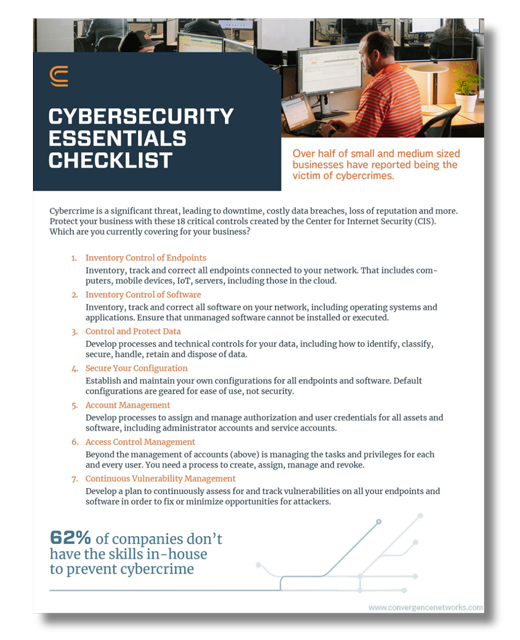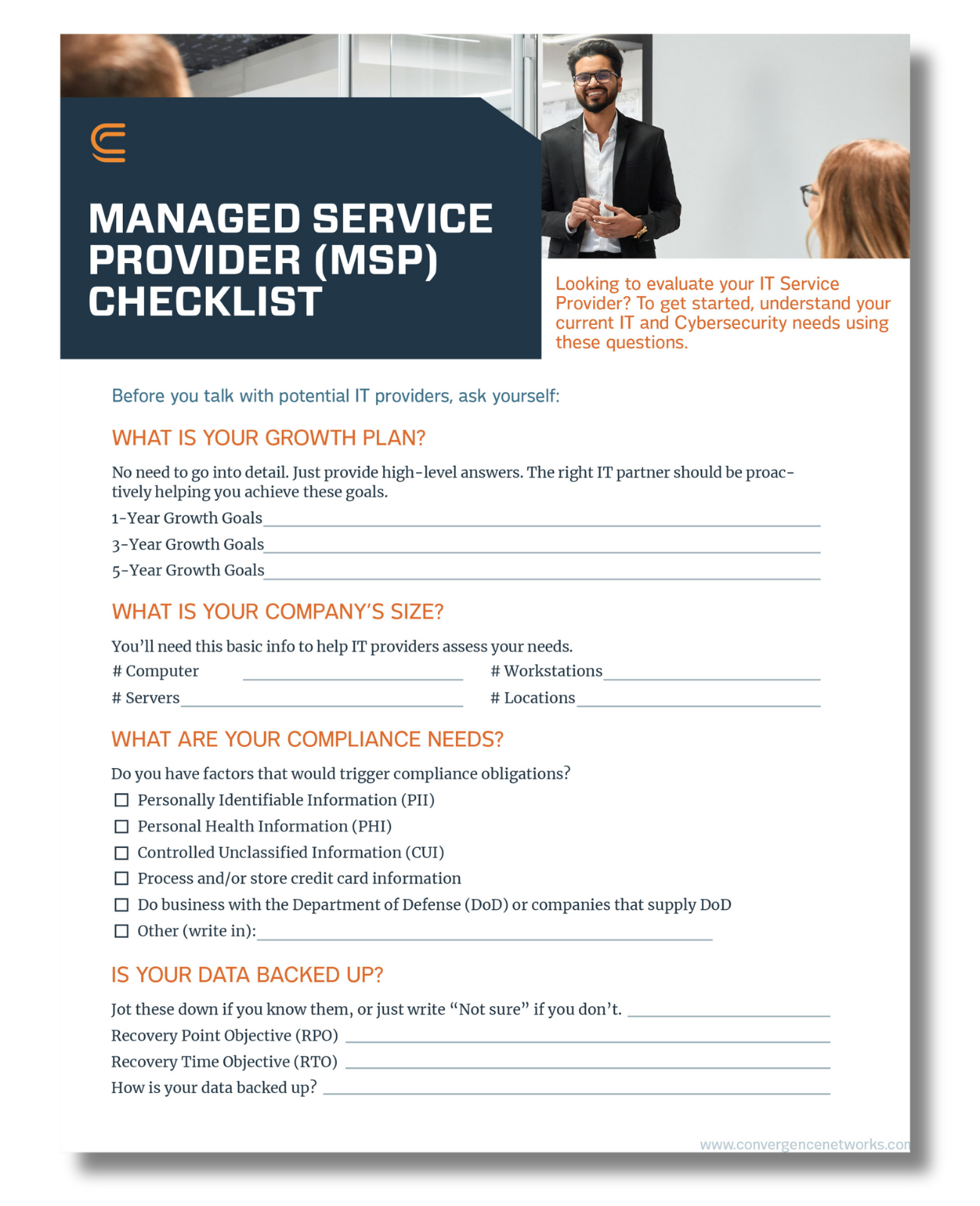As 2025 approaches, many organizations are beginning to evaluate how to best allocate their budgets for the year ahead. With technology evolving rapidly and cyber threats on the rise, it is more important now than ever to ensure your IT & Cybersecurity investments are both strategic and comprehensive. Here are four key areas to consider when planning your IT and cybersecurity budget heading into 2025.
1) Business Continuity Consideration
One of the key priorities for any organization should be ensuring business continuity, with backups and recovery at the forefront of this effort. These should be non-negotiable elements in your IT budget, regularly assessed to confirm that recovery times and retention periods align with your current business needs. If adjustments are required, budget allocations should be revised if changes are necessary.
Human error accounts for 74% of data breaches, and nearly 40% of small businesses report losing crucial data as a result of cyberattacks. With reliable disaster recovery plans and backup solutions in place, your business is better prepared to navigate unforeseen disruptions, keeping your operations running smoothly.
2) Productivity and Optimization Consideration
When making an IT Budget, productivity, and process optimization are vital considerations. A strong IT budget should include investments in tools that empower productivity. Solutions like workflow automation can reduce manual tasks, streamline processes, and save valuable time. Additionally, using Microsoft 365 apps, that you might already have access to, can help teams collaborate more effectively. Our Microsoft Resource Center is an excellent place to learn more about tools to improve efficiency.
For remote and hybrid employees, using Microsoft Teams for calling can be a practical solution. This is a secure voice service that can replace your traditional phone structure by using Microsoft Teams as a cloud-based phone system. You can learn more about Teams Calling Here.
By investing in automation and collaborative tools, you enhance productivity while optimizing your team’s daily workflows.
3) Security Consideration
Security is more than a consideration, it’s a priority. With the rise in cyber threats, budgeting for proactive security measures is crucial. Cyber threats are a reality, and organizations should consider strengthening security through protocols such as Modern Multi-Factor Authentication (MFA) or securing the edge of their network with next generation firewalls. You can also consider strengthening the first line of defence against cyber criminals – your employees! This can be done through employee training. But regardless of what the improvement is, organizations must budget for security improvements each and every year.
The Identity Theft Resource Center reported a 490% increase in the number of data breaches in the first half of 2024 compared to the same period in 2023. If you are confident about your security protocols, consider Penetration Testing (Pen Tests). These simulated attacks, conducted by penetration testers, expose vulnerabilities in your systems before malicious actors can exploit them. If you are interested in learning about Penetration Testing and how it fits into your cybersecurity strategy, we recommend registering for our Ethical Hacking webinar on the 26th of September 2024.
Additionally, budgeting for cyber insurance provides an essential safety net. While prevention is key, incidents can still occur, and cyber insurance can protect against the financial impact of breaches or ransomware attacks. Cyber insurance premiums are expected to increase by over 25% in 2025, and enacting security measures can help drive those costs down.
4) General Budgeting
When planning your IT budget, it’s important to account for both short-term needs and long-term growth. Effective budgeting balances routine maintenance, system upgrades, and unexpected expenses, ensuring your business remains agile and resilient. One significant challenge is managing the costs associated with aging hardware, which can become a financial strain as technology needs evolve.
To address this, programs like Hardware-as-a-Service (HaaS) offer a flexible solution by spreading out costs over time while keeping your equipment up to date, ensuring smooth and efficient operations without large upfront investments.
Budgeting for a Secure Future
Budgeting for IT and cybersecurity doesn’t have to be overwhelming. The key is to focus on areas that directly support your organization’s goals. By prioritizing productivity, business continuity, security, and hardware upgrades, you can create a balanced budget that not only keeps your business protected and operational but also helps move the organization forward in a meaningful way. At Convergence Networks, we specialize in IT and cybersecurity solutions tailored to your specific needs. From workflow automation to penetration testing and hardware solutions like HaaS, we offer the expertise and tools to keep your business running smoothly. Contact us to learn more.














